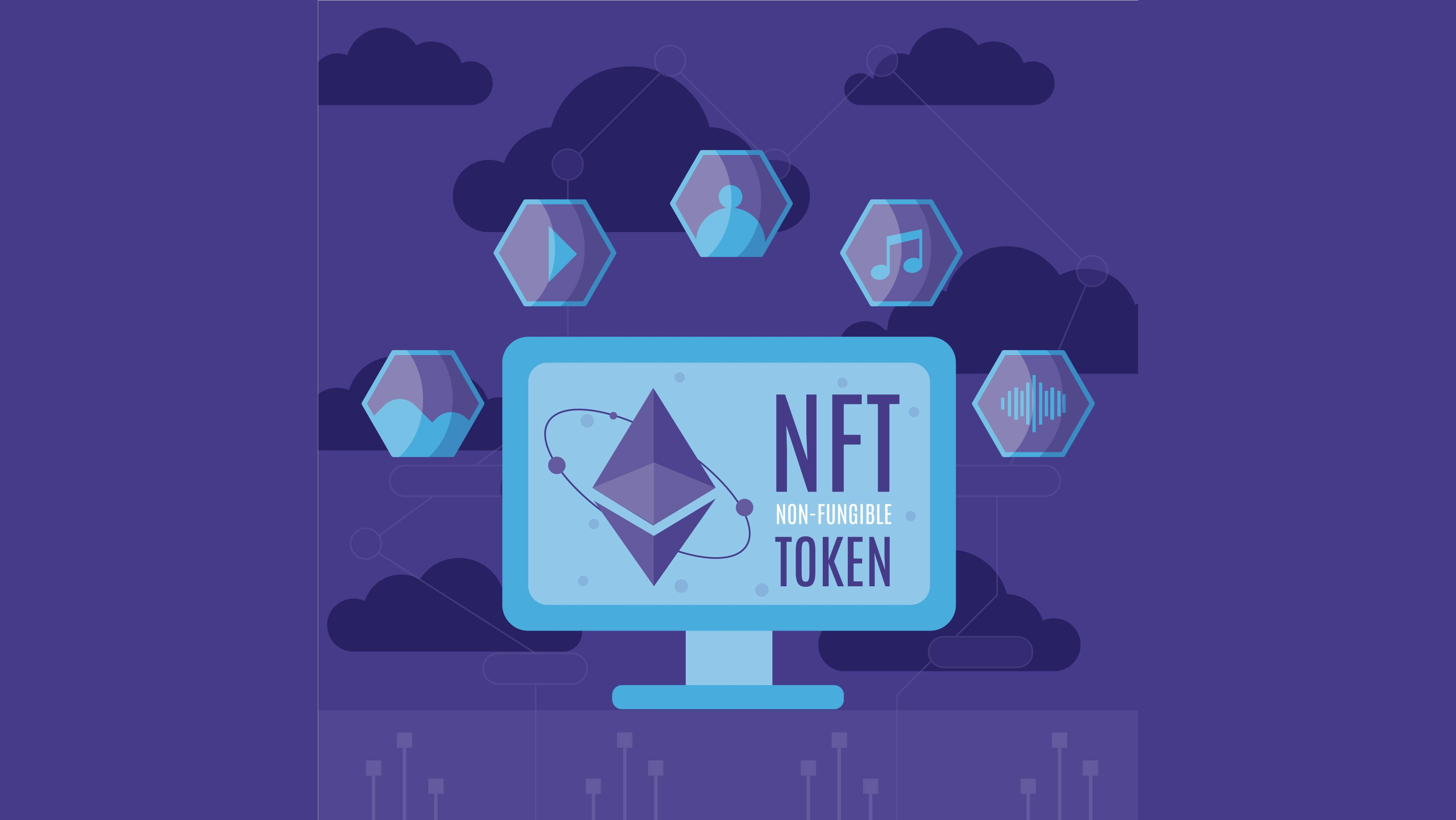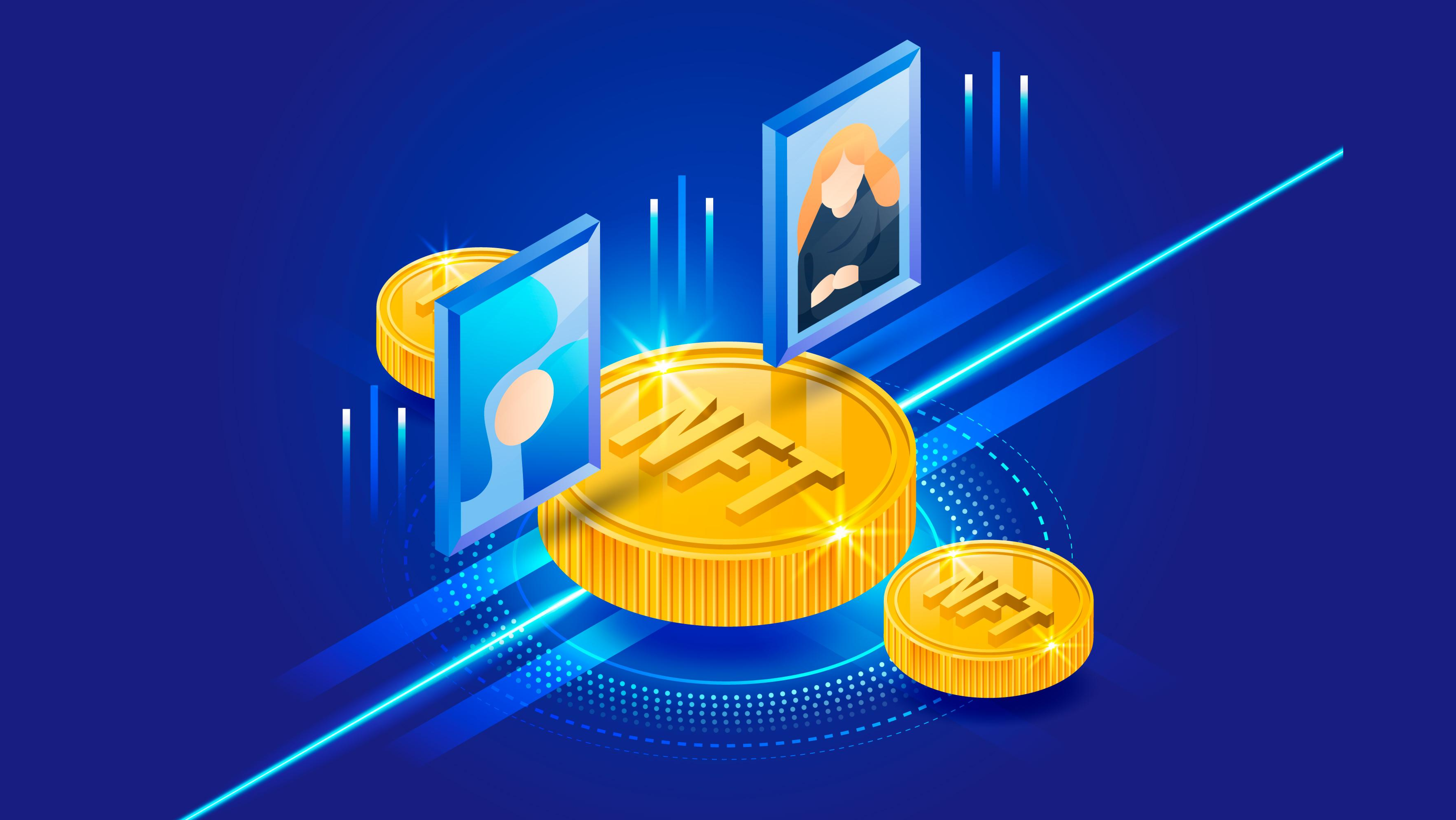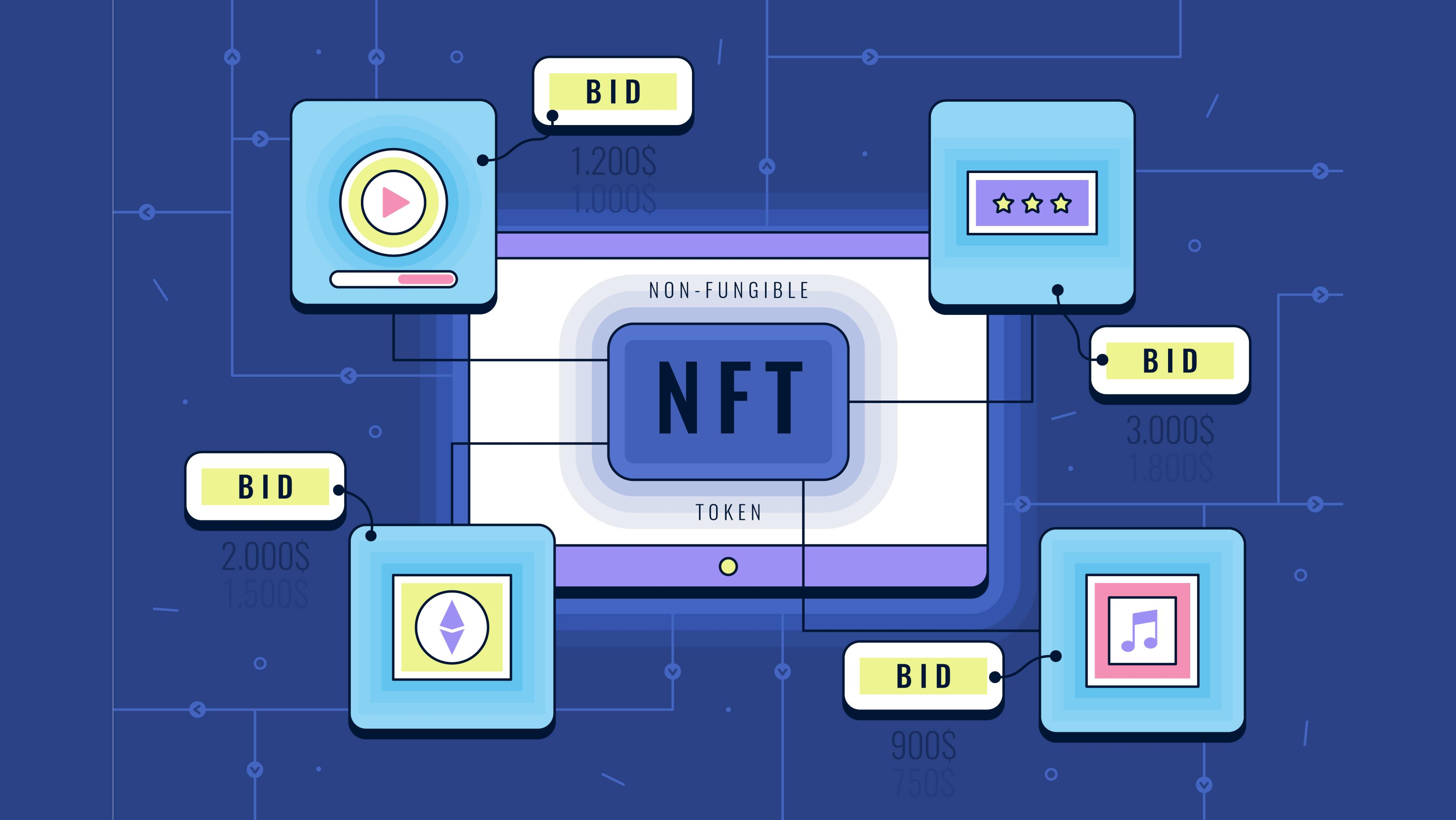Non-fungible tokens (NFTs) have been gaining traction in the world of blockchain technology with their unique ability to tokenize digital assets. This revolutionary technology has opened up a world of possibilities for monetization. This allows users to own, trade, and even create digital collectibles. From digital art to in-game items, NFTs have real-world applications that have been used to generate revenue and create entirely new markets. With the potential to create new forms of digital ownership, NFTs and their associated technologies are poised to revolutionize the way we think about digital assets and how we monetize them.
What are NFTs?
Non-fungible tokens are unique assets that can not be interchanged. This means each token is unique and can’t be exchanged for another token. An example of a fungible token would be a unit of currency, like dollars or euros. These types of tokens are interchangeable since each unit of currency has the same value as another unit of currency. Unlike other blockchain technologies that are designed specifically for tokenizing fungible assets, like ERC-20 tokens, NFTs can tokenize anything. This means they can be used to tokenize assets that are unique, have a specific value, and can’t be exchanged for another asset. In other words, they can be used to tokenize anything that can’t be broken down into smaller units. Despite the name, NFTs don’t have to be non-fungible. They can be fungible, semi-fungible, or even fully fungible. The only requirement for an asset to be tokenized as an NFT is that it must be unique.

How to access the value of NFT
To calculate an NFT’s value, there is no guidebook. NFTs cannot be measured using the criteria you use to assess private businesses or conventional financial instruments like equities. Instead, let’s take a closer look at several variables that can aid in determining the value of NFTs.
Non-replaceable and scarce: One way to assess the value of NFTs is to determine how difficult it is to obtain a specific NFT. A one-of-a-kind piece of artwork by a prominent creator in the digital arts industry is an example of rarity.
Utility: The usefulness or utility of an NFT is determined by how it is implemented, whether in the natural or virtual worlds. A few NFTs are much more than just collectibles because they can be used in games as virtual locations or avatars.
Liquidity: By assessing the liquidity, one can also determine the worth of an NFT. Asset liquidity is one of the major issues for many NFTs. NFTs have a low level of liquidity. For example, due to a number of other circumstances, NFTs cannot be promptly sold and turned into cash.
Characteristics including utility, prior ownership, brand, and value appreciation all affect an NFT’s liquidity.

Benefits of using NFTs for monetization
When it comes to collecting items like rare paintings, sports collectibles, or even in-game items, NFTs make it easy to track ownership of these items and prove their authenticity. While it’s possible to track ownership and authenticity of traditional items, the founding of blockchain technology makes it easier and more secure. The technology makes it easy for collectors to verify that the item was created by a particular artist or was part of a specific sports team. It also makes it easy for the collector to prove that the item was obtained legally. This makes digital items an excellent use case of NFTs. Another benefit of NFTs is that they can be used to create unique digital assets. This makes it possible to tokenize things that can’t be broken down into smaller units, like a song or an original piece of writing.
Real-world applications of NFTs
NFT will cause disruption in every business in the next few years and could alter how people own things. Here are a few actual instances of sectors and use case of NFT that have collaborated with a reputable NFT token production company to create their NFTs:
Art
One of the most obvious use cases of NFTs is the monetization of digital art. Artists can tokenize their work by creating unique digital art that can be traded, sold, or even gifted. And since blockchain technology is used to track ownership of the artwork, artists can provide a digital certificate of authenticity to prove that the artwork was created by them. This can be verified through a trusted third party, such as a gallery or auction house that authenticates ownership. This makes digital art an excellent use case of NFT technology. Plus, the artwork can be traded between collectors, which means artists can receive ongoing revenue as the artwork appreciates in value. The qualities that distinguish them from others are their rarity and special qualities.
Gaming industry
The concept of digital treasures is not new in a market where there are more than 2.7 billion online players worldwide. The gaming industry has been a real-world leader in the use of NFTs. In-game items like rare swords, shields, or even magical spells can be tokenized as NFTs. This makes these items tradable and fungible and adds value to them outside of the game in which they were created. One of the most famous examples of this is “Etheremon,” a blockchain-based game that allows users to train and battle digital monsters. With Etheremon, users can train and battle blockchain-based monsters that can be traded and converted into real-world money.
Real Estate
The real estate market will be heavily influenced by NFTs. Smart contracts are used in real estate to implement the concept of NFT token development, facilitating simple and safe ownership transfers. The history of ownership and rights is completely documented, and verification is simple and quick to complete.
Entertainment
The knowledge of NFT token developers is being used by entertainment businesses and individuals to tokenize their music and films and generate cash from them.
Fashion
Numerous fashion companies, like Nike, Zara, Adidas, and others, have embraced the NFT trend by producing NFT versions of their goods that are priced higher than their physical equivalents.
Collectibles
In 2018, there was an enormous global demand among collectors, which led to the emergence of further use cases for collectibles. Several well-known sporting organizations and tournaments like the NBA also noticed the advantages of NFT. NFTs can increase engagement among a geographically dispersed fan base and bring in new revenue streams for sports clubs.

How to make a NFT MarketPlace
The easiest way to monetize NFTs is to create your own marketplace where they can be traded, sold, and purchased. Stores, like TokenGallery, can be used to create your own marketplace. Our platforms make it easy to launch your own marketplace, collect payments, and provide a secure way for buyers and sellers to interact. We also handle the complexities of owning and operating a marketplace. Our platforms don’t just offer a marketplace; they also provide tools for creating NFTs. This makes it easy for anyone to create a blockchain-based digital asset. Once created, the marketplace will provide a place for people to buy, sell, and trade the tokens.
Wrapping up: Best NFT solution provider and NFT monetization
NFTs have the potential to transform the way we monetize digital assets. From digital art to rare trading cards, NFTs can tokenize anything. This makes them an excellent choice for founding blockchain technology. Plus, there are plenty of platforms like Founding Blockchain that are the best NFT solution providers and make it easy to create your own marketplace for NFTs. With the right tools and technology, anyone can create their own NFTs. This can be used to monetize digital assets or create a new revenue stream by creating unique, blockchain-based digital items.
Nice read.
Interesting. How do I get started?